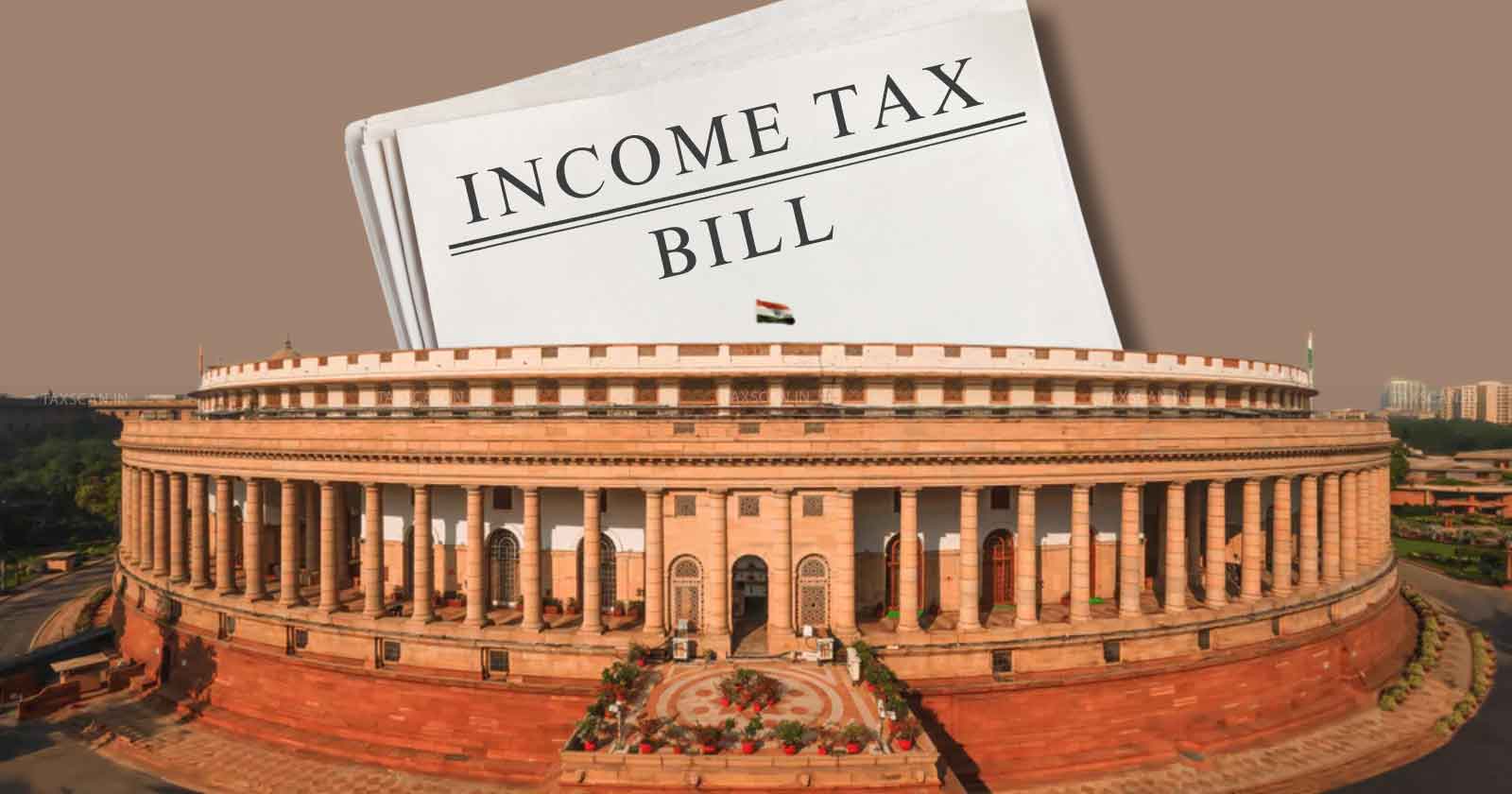New Income Tax Bill: ‘Trust First’ Approach, What to Expect?
The New Income Tax Bill 2025 introduces a "Trust First, Scrutinize Later" approach which is expected to simplify tax compliance, expand the tax base, and reduce legal disputes

The New Income Tax Bill 2025 is a huge step towards simplifying and modernizing India's tax system. Announced by Finance Minister Nirmala Sitharaman, the bill aims to streamline tax compliance, reduce disputes, and enhance transparency in taxation. It introduces a "Trust First, Scrutinize Later" approach, emphasizing taxpayer confidence while ensuring compliance.
The New Income Tax Bill 2025 will carry forward the spirit of ‘Nyaya,’ as enshrined in the Bharatiya Nyaya Sanhita. The bill will be clear and direct in its text, reducing the complexity of the existing law. It is expected to be nearly half the size of the current tax legislation, making it more concise and easier to interpret.
Small Business, Big Funding Opportunities - Click here to Register
During the Budget 2025 presentation, Finance Minister Nirmala Sitharaman stated
“Over the past 10 years, our government has implemented several reforms for the convenience of taxpayers, such as faceless assessment, taxpayers’ charter, faster returns, almost 99 percent returns being on self-assessment, and Vivad se Vishwas scheme. Continuing these efforts, I reaffirm the commitment of the tax department to ‘trust first, scrutinize later’. I also propose to introduce the new income-tax bill next week.”
Why a New Income Tax Bill?
The Income Tax Act, 1961, which has been in effect for over six decades, consists of 298 sections and 23 chapters. Over the years, successive amendments in every Union Budget have made the existing tax system complicated, lengthy, and difficult to navigate.
Challenges with the Current Tax Law
- Excessive Complexity: The current Income Tax Act has grown into a lengthy and intricate document with nearly 6 lakh words, making compliance difficult.
- Frequent Litigation: The ambiguous provisions often lead to legal disputes between taxpayers and tax authorities.
- Redundant Provisions: Many sections, especially those introduced before 2012-13, have lost relevance in the current economic environment.
- Limited Tax Base: The existing framework excludes large sections of the economy, particularly the informal sector, reducing tax collection efficiency.
Small Business, Big Funding Opportunities - Click here to Register
Important Features of the New Income Tax Bill 2025
During the Union Budget speech, Finance Minister Nirmala Sitharaman emphasized that the new tax bill will be simpler, clearer, and more structured.
1. ‘Trust First, Scrutinize Later’ Approach: The new bill is taxpayer-friendly, ensuring less scrutiny and greater trust in the taxpayer. The government has reduced manual interventions, ensuring that 99 percent of tax returns are filed on self-assessment basis.
2. Simplification & Reduction in Word Count: The new bill aims to cut nearly 3 lakh words, reducing the law’s complexity by half. By removing outdated provisions, the law will be concise, direct, and easy to understand for both taxpayers and administrators.
3. Expansion of the Tax Base: The income tax exemption limit has been increased from Rs. 7 lakh to Rs. 12 lakh, providing relief to lower-income taxpayers. However, to balance potential contraction in the tax base, the bill will focus on bringing more entities from the informal sector into the tax net.
4. Rationalization of TDS/TCS and Compliance Measures: The bill will include rationalized Tax Deducted at Source ( TDS ) and Tax Collected at Source ( TCS ) rates, reducing compliance burdens. Other key compliance measures such as Safe Harbor Rules and simplified tax filing processes will be incorporated.
5. Alignment with Global Tax Standards: The new framework will be structured to meet international taxation norms, making India’s tax system more business-friendly. This will enhance investor confidence, attracting more foreign and domestic investments.
6. Streamlined Litigation Management: The bill aims to minimize tax disputes by introducing clearer tax provisions, ensuring greater legal certainty. The government will retain necessary provisions for search and seizure actions against companies and individuals in cases of tax evasion.
Small Business, Big Funding Opportunities - Click here to Register
How Will the New Income Tax Bill Benefit Taxpayers?
For Individual Taxpayers
- Simplified tax filing with a more structured and logical arrangement of laws.
- Faster tax refunds due to improved assessment mechanisms.
- Reduced legal disputes with well-defined tax provisions.
For Businesses & Corporates
- Lower compliance burden with straightforward tax laws.
- Higher tax certainty, enabling better financial planning.
- Alignment with international tax norms, boosting India’s ease of doing business ranking.
For the Indian Economy
- Higher tax compliance due to increased transparency and ease of filing.
- Boost in investor confidence, leading to higher economic growth.
- A strong legal framework ensuring fairness in taxation.
After being introduced in Parliament, the bill will be sent to the Parliamentary Standing Committee for review. The government plans to conduct extensive discussions with stakeholders, including corporates, tax professionals, and industry experts, before finalizing the law. Given its direct impact on both individuals and businesses, the bill’s implementation may take longer and is expected later in 2025.
Support our journalism by subscribing to Taxscan premium. Follow us on Telegram for quick updates


